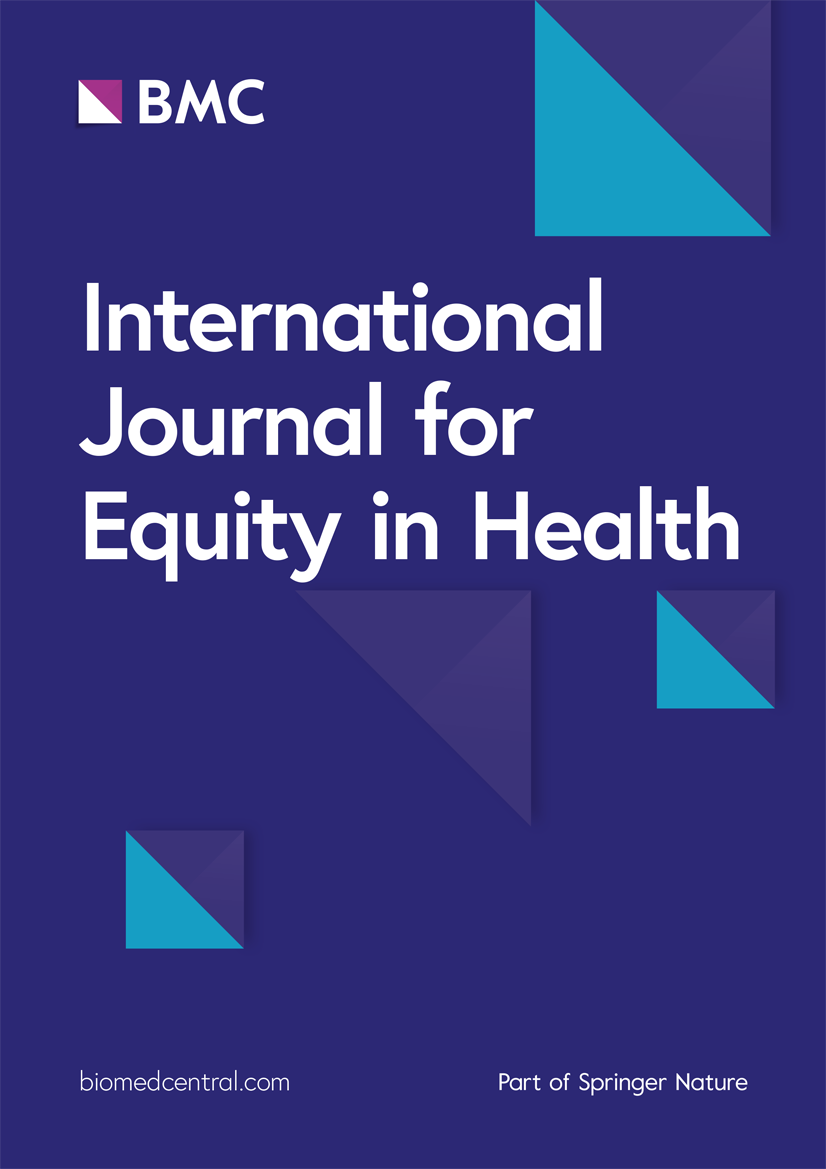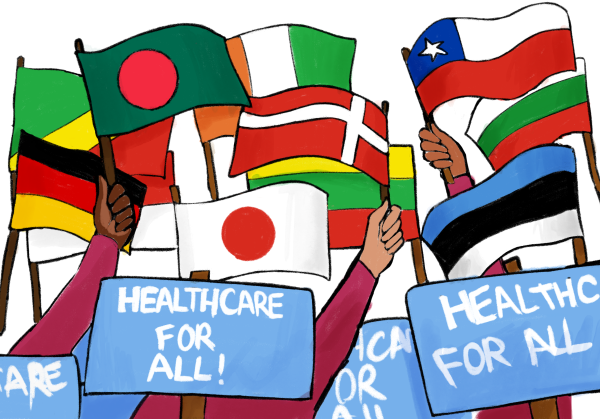Health inequities: a persistent global challenge from past to future | International Journal for Equity in Health

COVID-19 pandemic: exposing health disparities
The COVID-19 pandemic has revealed the deep-rooted health inequalities that exist within and between nations. Marginalised populations, including racial minorities, low-income groups, and individuals with pre-existing health conditions, have been disproportionately affected by the virus [8]. In high-income countries, these disparities were driven by factors such as overcrowded living conditions, limited access to healthcare, and a higher prevalence of chronic conditions [9].
In LMICs, fragile healthcare systems were overwhelmed by the pandemic, leading to a rise in preventable deaths from other causes like maternal complications and childhood diseases. Additionally, the economic fallout of the pandemic, including job losses and food insecurity, has disproportionately impacted vulnerable populations, further exacerbating health inequalities [10].
Social determinants of health
Health inequalities are largely driven by social determinants of health, the conditions in which people are born, grow, live, work, and age [11]. These determinants include access to education, employment, housing, healthcare, and environmental factors. In low-income communities, limited access to nutritious food, clean water, and healthcare services leads to higher rates of chronic diseases. Systemic discrimination, including racism and gender-based, worsens these disparities. For example, Black and American Indian and Alaska Native in the United States face higher rates of maternal and infant mortality [12] due to factors like poverty, limited access to healthcare, and exposure to environmental hazards.
It is essential to understand that these social determinants are not isolated factors but interconnected outcomes of systemic historical injustices. For instance, the entrenchment of poverty and under-resourced health systems in post-colonial nations directly stems from economic and governance models imposed during colonial rule, which prioritized extraction over development. Addressing these determinants requires not only improving material conditions but also dismantling these embedded structural inequalities.
Climate change: a growing driver of health inequalities
Climate change is a significant driver of health inequalities, disproportionately affecting vulnerable populations [13, 14]. Low-income communities, particularly those in climate-sensitive regions such as sub-Saharan Africa and small island developing states, face greater exposure to extreme weather events, food insecurity, and waterborne diseases [14, 15]. Prolonged droughts, floods, and heatwaves are increasingly impacting agricultural communities, leading to malnutrition and heightened susceptibility to infectious diseases. In urban areas, low-income populations are more vulnerable to heat stress and respiratory diseases due to poor housing conditions, inadequate access to healthcare, and high levels of pollution [14, 15]. As climate change intensifies, these health disparities are expected to worsen.
link






